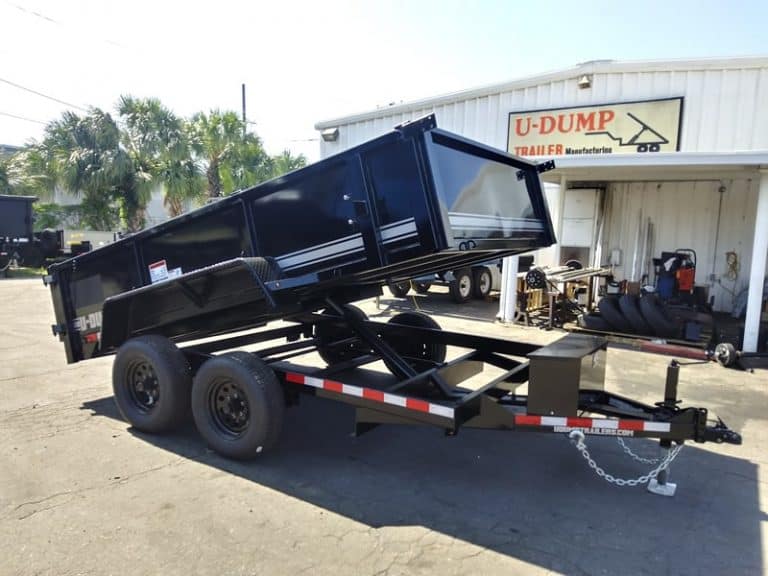Towing Tips for New Trailer Owners
Friday, October 1, 2021

If you recently got your first trailer, congratulations! You'll quickly learn that driving a vehicle with a trailer in tow is quite different from driving the same vehicle without the trailer. Acceleration, maneuverability and braking are all diminished with a trailer in tow. You'll also find it takes longer to get up to speed, you need more room to turn and pass, and you need more distance to stop.
Practice Before You Hit the Road
It's best to spend some time adjusting to the different feel and maneuverability of the tow vehicle with a loaded trailer. Because of the significant differences in all aspects of maneuverability when towing a trailer, the hazards and risks of injury are also much greater.
You are responsible for keeping your trailer in control, and for any damage caused if you lose control of your vehicle and trailer.
You will want to find an open area with little or no traffic for your first practice. Before you start towing the trailer, be sure to follow all of the instructions for inspection, testing loading and coupling. Also, before you start towing, adjust the mirrors so you can see the trailer as well as the area behind it.
Start Slowly and Gradually Increase Speed
Drive slowly at first, 5 mph or so, and turn the wheel to get the feel of how the tow vehicle and trailer combination responds.
Practice Turning
Make some right and left hand turns. Watch in your side mirrors to see how the trailer follows the tow vehicle. Turning with a trailer attached requires more room.
Practice Braking
Stop the rig a few times from speeds no greater than 10 mph. If your trailer has brakes, try using different combinations of trailer/electric brake and tow vehicle brake. When properly adjusted, the trailer brakes will come on just before the tow vehicle brakes. Notice the effect the trailer brakes have when they are the only brakes used.
Practice Backing Up
Getting used to backing up with your trailer will take practice. Take it slow. Before backing up, get out of the tow vehicle and look behind the trailer to make sure there are no obstacles.
When turning the wheel counter-clockwise (as you would do to turn the tow vehicle to the left when moving forward), the rear of the trailer moves to the right. Conversely, rotating the steering wheel clockwise will move the rear of the trailer to the left, while backing up. Be careful not to allow the trailer to turn too much, because it will hit the rear of the tow vehicle. To straighten the rig, either pull forward, or turn the steering wheel in the opposite direction.
Some drivers will actually place their hands at the bottom of the steering wheel, and while the tow vehicle is in reverse, "think" of the hands as being on top of the wheel.